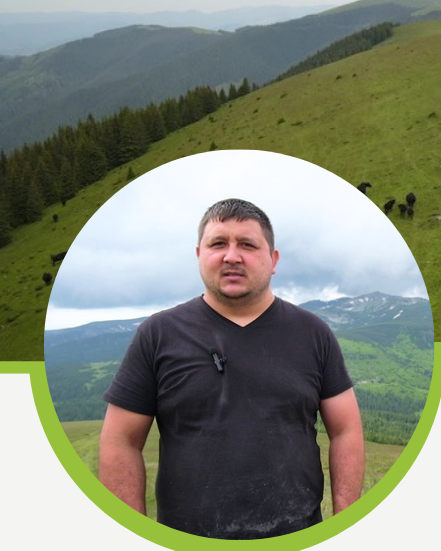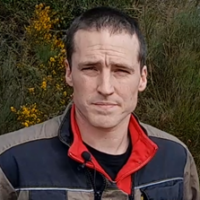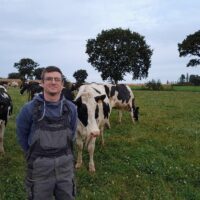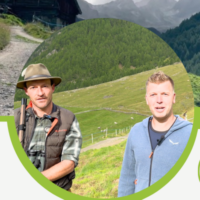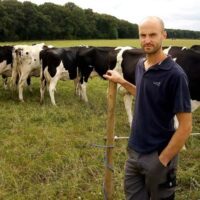Fenced grazing in the Romanian Carpathians
Description
Practice abstract
According to official statistical data, the surface of permanent grassland (pastures and meadows) in Romania- approx. 4,83 mil hectares, of which 2,16 mil ha are in mountain area1 – is maintained at the level of January 1, 2007, as provided in the Regulation of European Commission (Ciocan-Alupii, M., and Maciuc, V. 2020). Nevertheless, in some mountainous areas of the country, cattle farmers face a lack of land suitable for grazing.
It is the case of Răzvan Rauca, from Petrila, Hunedoara County, who owns a family farm with 120 head of Aberdeen Angus in operation, which graze on 130 hectares in the mountainous area of the town. Due to some bureaucratic constraints, although in practice there are many abandoned pastures in his area, they appear in the official documents as being exploited by other farmers who collect subsidies. In addition, the afforestation phenomenon and intensive sheep grazing have a negative impact on some of the pastures.
In these conditions, the farmer applied an innovative practice with the rotational grazing system in the mountain area (average altitude of the land owned by the farmer is 1.830 meters), which is rarely practiced in Europe. This was achieved for more efficient pasture use, better control of the animals, and to increase pasture quality. It is the farmer who states that this system also contributes to improving the quality of the pasture, increasing the number of herbal species, and obtaining a better quality of the finished product (meat).
The plots used have an average of 20 hectares and are established with the help of a fencing system made by the farmer himself. The poles are made from concrete iron, on which the farmer welded two insulators alongside a small iron part that can easily be pressed by foot (see video). With their help, an area of 20 hectares can be easily fenced in 3–4 hours using an electric fence with two wires.
Other farmers in the mountainous area can undertake the grazing system on a need-based basis, and the farmer, with the support of an authorized manufacturer, could patent the fencing system.
Context profil
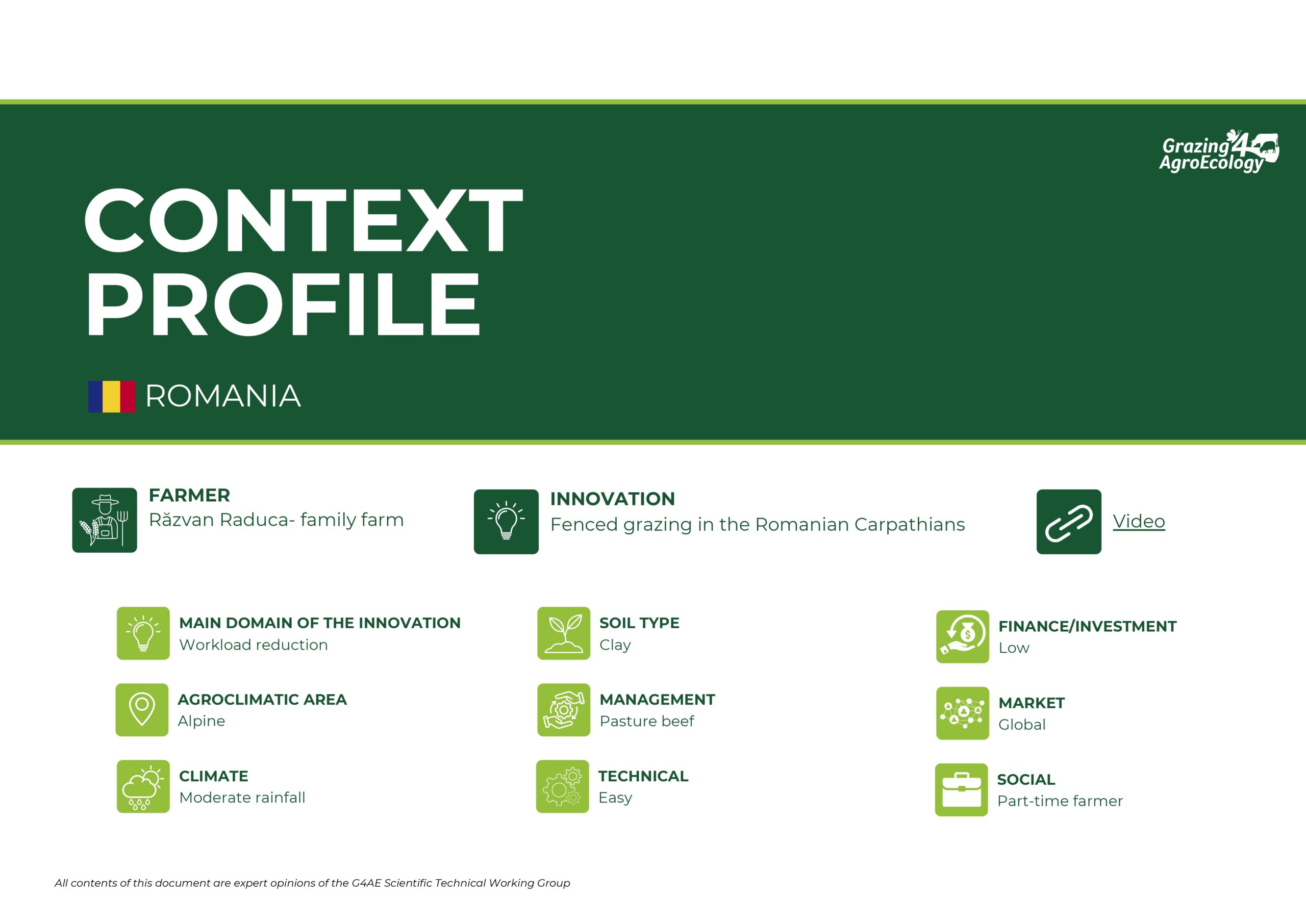

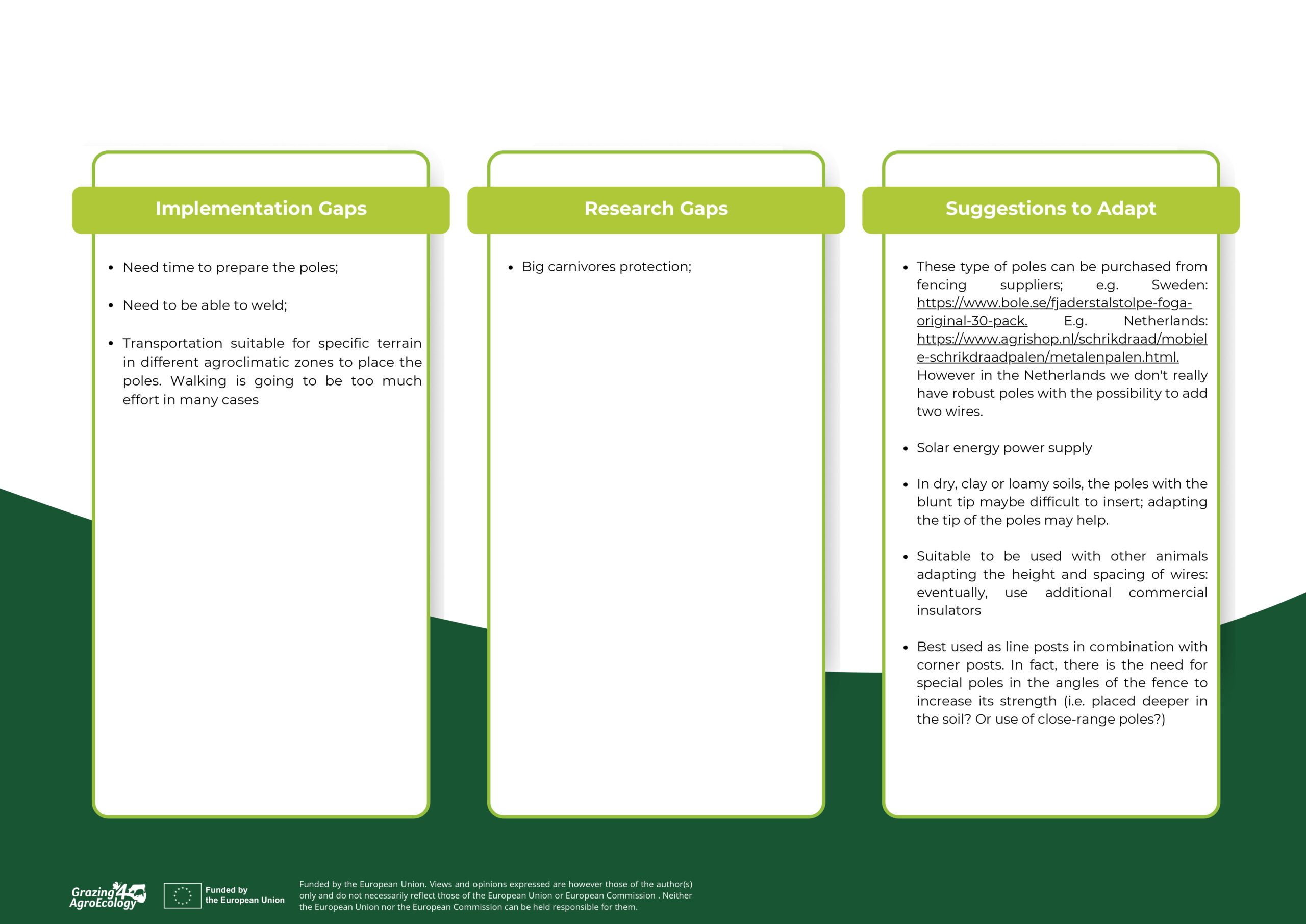
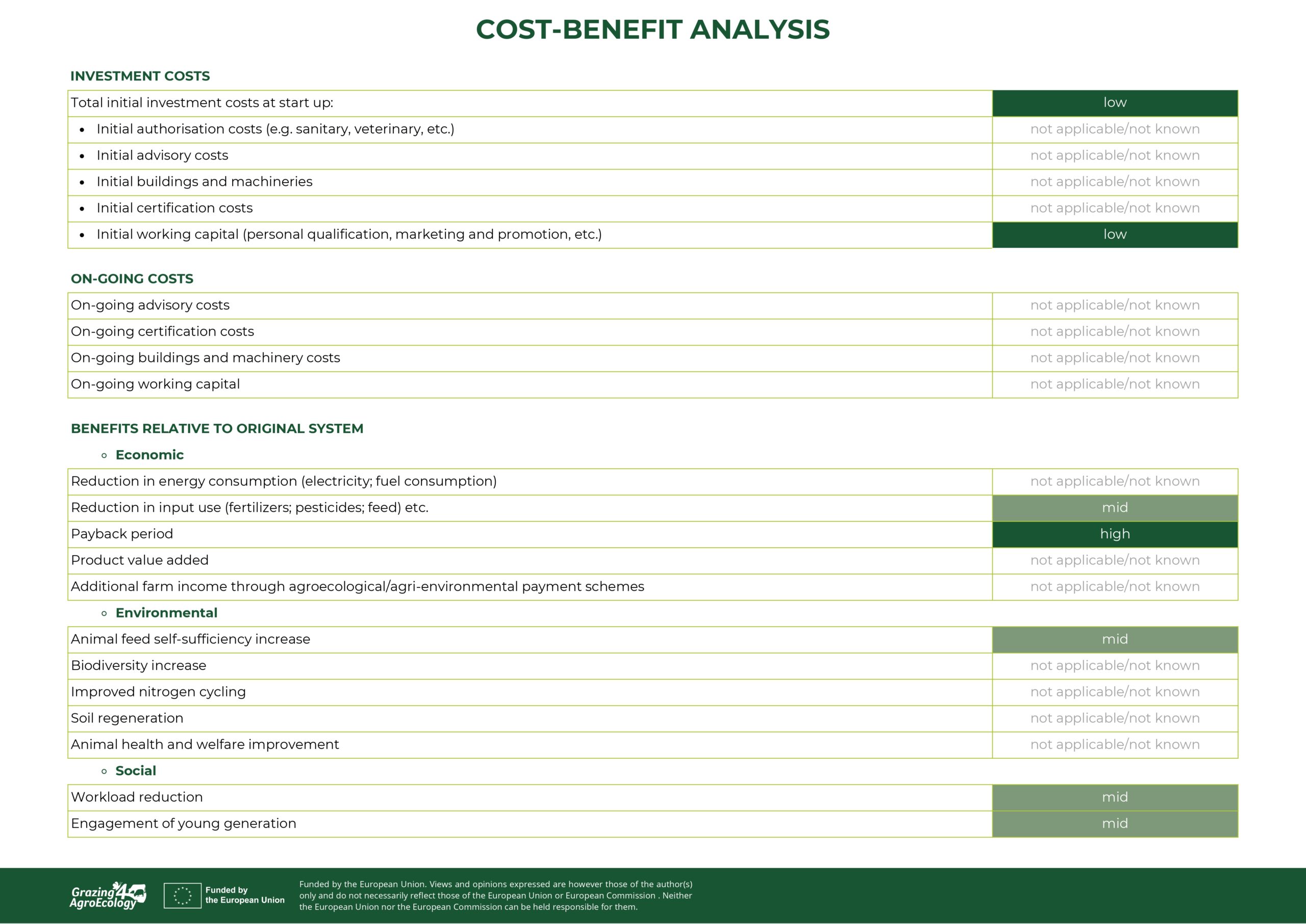
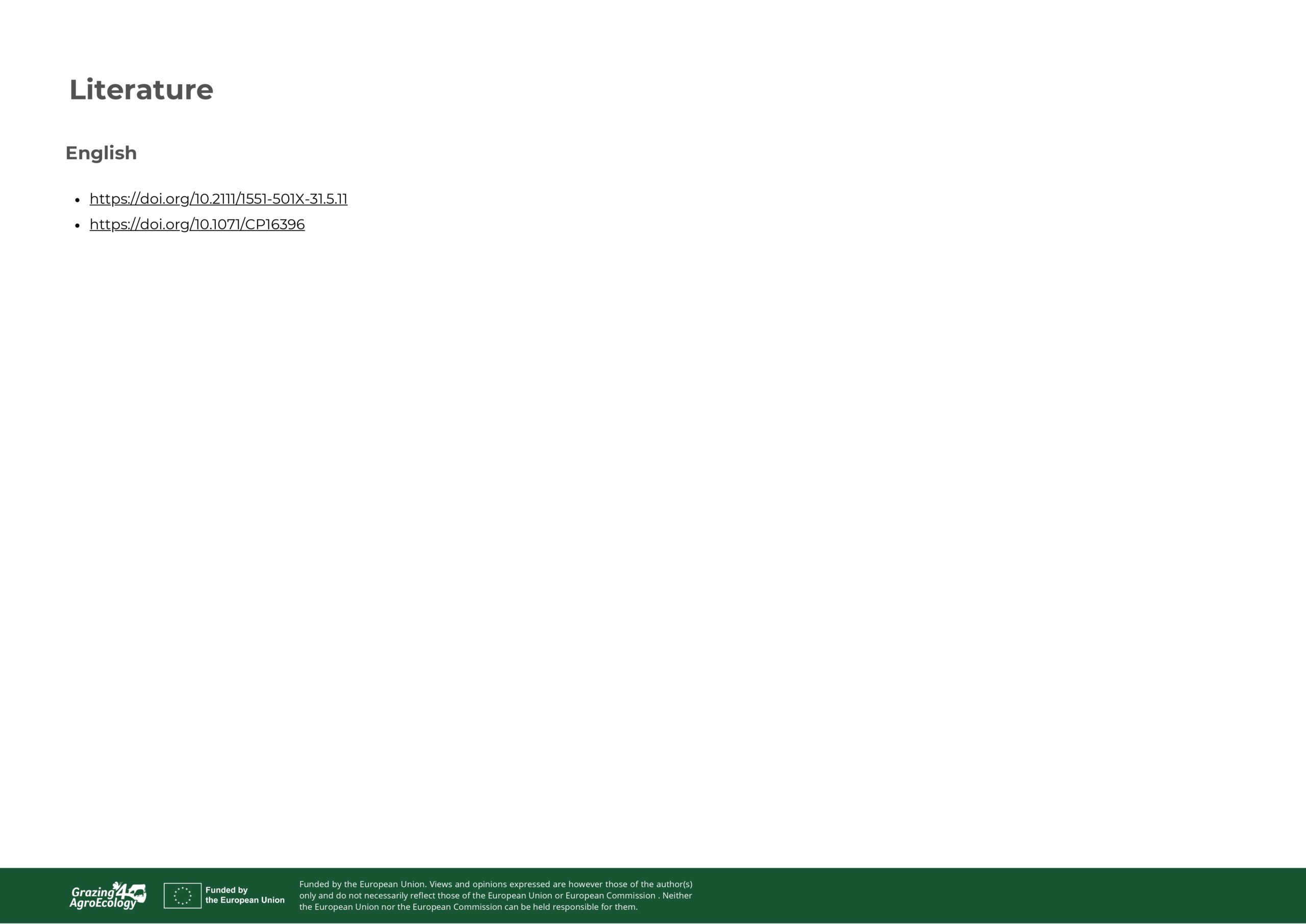
Additional information
| Main domain of innovation | Workload reduction |
|---|---|
| Agroclimatic area | Alpine |
| Climate | Moderate rainfall |
| Soil Type | Clay |
| Management | Pasture beef |
| Technical | Easy |
| Finance/investment | Low |
| Market | Global |
| Social | Part-time farmer |
